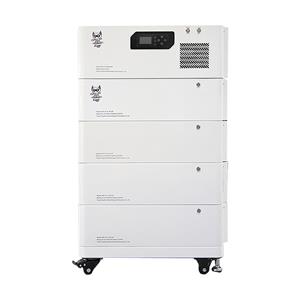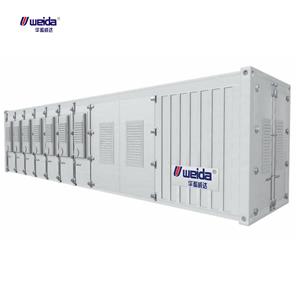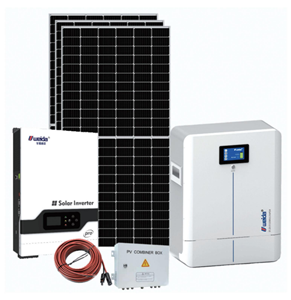Từ axit chì đến lithium-ion: Tương lai của lưu trữ năng lượng và di động
The conversion of lead-acid batteries to lithium batteries (i.e., ‘lead to lithium’) has become a hot
topic that has attracted a lot of attention as technology continues to advance and people's demand
for environmentally friendly and efficient energy solutions increases. From the traditional lead-acid
batteries to modern lithium-ion batteries, this shift not only represents technological progress, but also
heralds a major change in energy storage and power systems.

Second, the advantages of lead to lithium
1. High energy density: the energy density of lithium-ion batteries is much higher than that of lead-acid
batteries, which means that lithium batteries are able to store more electricity under the same volume
or weight. For example, for electric vehicles, the use of lithium batteries can significantly increase the
vehicle's range.
2. Long service life: Lithium batteries usually have a cycle life of thousands of cycles, much higher than
the 200-300 cycles of lead-acid batteries. This means that lithium batteries are more cost-effective for
long-term use, reducing the frequency of battery replacement.
3. Light weight and small size: Li-ion batteries are much lighter and smaller than lead-acid batteries,
which makes them ideal for use in equipment that requires a lightweight and compact design, such as
electric vehicles and mobile robots.
4. High charging and discharging efficiency: The charging and discharging efficiency of lithium batteries
is usually up to 90% or more, with little energy conversion loss. This not only improves energy use
efficiency, but also reduces charging time.
5. Good safety performance: modern lithium batteries are equipped with an advanced battery
management system (BMS), which is able to monitor the battery's parameters such as voltage, current
and temperature in real time, preventing overcharging, over-discharging, short-circuit and other problems.
6. Green: lithium batteries do not contain lead and other heavy metals, more friendly to the environment.
Third, the application areas of lead to lithium
1. Electric vehicles: After the conversion of lead to lithium, the range, power performance and charging
speed of electric vehicles have been significantly improved.
2. Energy storage system: In the field of home and industrial energy storage, lithium batteries can
provide more efficient and reliable energy storage solutions.
3. Mobile robots and AGV: 51.2V 105Ah lithium batteries are more and more widely used in automated
guided vehicles (AGVs), and their high energy density and long cycle life can meet the needs of AGVs for
long and uninterrupted work.
4. Backup power: such as UPS systems, base stations, server rooms, etc., lithium batteries can provide
more stable power support.

Fourth, lead to lithium market outlook
With the continuous progress of technology and cost reduction, lithium batteries will be more and more
được sử dụng rộng rãi trong nhiều lĩnh vực khác nhau. Trong tương lai, với sự phát triển liên tục của lưu trữ năng lượng
ngành công nghiệp và xe điện, việc ứng dụng pin lithium sẽ có quy mô lớn hơn.
Việc chuyển đổi chì thành lithium không chỉ là một bước tiến về công nghệ mà còn là một cuộc cách mạng trong các giải pháp năng lượng truyền thống.
Nó mang lại hiệu quả cao hơn, chi phí thấp hơn và lợi ích môi trường tốt hơn cho cuộc sống và ngành công nghiệp của chúng ta. Với
sự phát triển liên tục của công nghệ, pin lithium sẽ đóng vai trò quan trọng trong nhiều lĩnh vực hơn,
thúc đẩy hệ thống lưu trữ năng lượng và điện năng theo hướng hiệu quả hơn và thân thiện hơn với môi trường.





